The Fiat G.91 was an Italian jet fighter aircraft. It was the winner of the NATO competition in 1953 as standard equipment for Allied air forces. It entered in operational service with the Italian Air Force in 1961, with the West German Luftwaffe, in 1962, and later with the Portuguese Air Force. It was in production for 19 years. 756 aircraft were completed, including the prototypes and pre-production models. The assembly lines were finally closed in 1977. The Fiat G.91 enjoyed a long service life that extended over 35 years. It was widely used by Portugal in the Portuguese Colonial War in Africa. A twin-engined variant was known as the Fiat/Aeritalia G.91Y.
Following the experience gained during the Korean war and the studies made in the light of modern concepts of air co-operation in warfare, SHAPE Headquarters (Supreme Headquarters Allied Powers Europe) envisaged in 1953 the requirement for the adoption by NATO air forces of a light-weight tactical fighter incorporating considerable strike capability, being able to operate at Mach 0.9 at low altitude, and capable of operating from short grass strips and semi-prepared airfields.
This requirement was not a simple one to fulfil, a fact which soon became apparent to the selected European manufacturers who were issued the operational specification in the form of a restricted tender. The eight designs submitted to the NATO competition were exhaustively examined by an AGARD (Advisory Group for Aeronautical Research and Development) commission; and finally, on 3rd June 1955 the Fiat G.91 design was chosen as the most promising project, an immediate order for three prototypes and 27 pre-production aircraft being placed. The design was the work of a team headed by Ing. Giuseppe Gabrielli, and in overall appearance somewhat resembled a scaled-down edition of the North American F-86D "Sabre Dog".
One of the most important attributes of the G.91 is its short-field capability: the airframe possesses the robustness necessary for high-intensity operation from semi-prepared strips and features ample access panels for simplified field maintenance.
The fuselage is essentially conventional and of relatively simple construction: an all-metal semi-monocoque built in three sections. The forward section, (which is built separately andriveted to the centre fuselage, structural integrity being provided by the gun bay inner walls) houses the radio transmitting and receiving sets, the gound radar responder, radio compass, UHF, IFF, etc.; while in the extreme nose (in the G.91R) there is a trio of cameras (one being a forward-facing oblique unit with an angle of 15. to the aircraft's longitudinal axis, the others facing to port and starboard respectively). The cockpit, placed above the engine duct, is comfortable despite the reduced dimension of the aircraft; it has an armoured glass windscreen and is enclosed on three sides by steel armour plating. The canopy hinges upward and a Martin Baker Mk.4 ejector seat is fitted. The cockpit is pressurised and air-conditioned and there are electronic and manually-operated temperature controls.
The centre fuselage houses the seven split fuel tanks which are protected from ground fire along the belly by armour plate.
The armament bay, which is formed by the cockpit sides, bulkheads fore and aft, and a horizontal bulkhead top and bottom, is sodesigned that it can accommodate four 12.7mm Colt-Browning machine guns with 300 rounds of ammunition per gun, two 20mm cannon with 200 rounds per gun or two 30mm cannon with 120 rounds per gun.
Alternatively the guns may be replaced by two rocket packs each containing 25 x 50mm missiles or 15 x 70mm missiles.
The guns, ammunition containers and associated equipment are mounted on the outer panel doors of the armament bay and after an operation the armament can be removed for rearming by two men who pull down levers freeing a series of pins which hold the gunbays to the aircraft, swing the panels down and lift them out of the bay.
The total weight of each panel, complete with two 12.7mm guns and 600 rounds of ammunition, is approximately 180kg.
The wing, which is swept 37 at quarter-chord, is of laminar-flow aerofoil section with a thickness/chord ratio of 10%.
An all-metal two-spar structure is employed, covered by upper and lower skin panels with riveted spanwise stiffeners.
The outer panelsare easily removable for transportation or replacement. Centre section is integral with the fuselage. Single slotted flaps are fitted and the ailerons are actuated by Jacottet hydraulic servo-control units with emergency manual reversion.
The tailplane is of electrically-actuated variable-incidence type; the elevators are fitted with irreversible hydraulic servo-control with artificial feel and two hydraulically actuated door-type air brakes are fitted side-by-side under the centre fuselage, just aft of the wing leading edge.
The undercarriage is built by Messier and is intended specifically for operation from unprepared fields, being fitted with low pressure tyres. The nosewheel retracts rearwards under the cockpit while the main wheels retract inwards into a bay in the centre fuselage. A braking parachute is stowed at the base of the rudder.
The basic mission of the G.91 is the attack of targets 270km away or less from its base. After take-off the G.91 climbs to 1000m at which altitude it will approach its target at normal cruising speed for 85% of the distance, the remaining 15% being flown at maximum speed.
The G.91 then has ten minutes loiter time over the target, climbs to 500m and flies the first 15% of the distance between the target and its base at maximum speed, cruising the remainder of the way.
Variants:
G.91 – Prototypes and pre-production aircraft.
G.91R/1 – Light attack/reconnaissance aircraft, fitted with modified nose housing three cameras. (AMI)
G.91R/1A – 4 X Browning M3 12,7 mm (AMI)
G.91R/1B – 2 X 30 mm DEFA cannons. (AMI)
G.91R/3 – 2 X 30 mm DEFA cannons. (Luftwaffe)
General characteristics:
Crew: 1
Length: 10.3 m (33 ft 9 in)
Wingspan: 8.56 m (28 ft 1 in)
Height: 4.0 m (13 ft 1 in)
Wing area: 16.4 m² (177 ft²)
Empty weight: 3,100 kg (6,830 lb)
Loaded weight: 5,440 kg (11,990 lb)
Max. takeoff weight: 5,500 kg (12,100 lb)
Powerplant: 1 × Bristol Siddeley Orpheus 803 turbojet, 22.2 kN (5,000 lbf)
Performance
Maximum speed: 1,075 km/h (580 kn, 668 mph)
Range: 1,150 km (621 nmi, 715 mi)
Service ceiling: 13,100 m (43,000 ft)
Rate of climb: 30 m/s (6,000 ft/min)
Wing loading: 331 kg/m² (67.8 lb/ft²)
Thrust/weight: 0.42
Armament
Guns:
4× 12.7 mm (0.50 in) M3 Browning machine guns (AMI G.91R/1A);
2× 30 mm (1.18 in) DEFA cannons (AMI G.91R/1B - Luftwaffe G.91R/3)
Hardpoints :
4× under-wing pylon stations holding up to maximum of 1,814 kg/4,000 lb of payload for G.91Y, 680 kg/1,500 lb for G.91R/3 and 500 kg/1,100 lb for G.91R/1
Rockets:
2× Matra rocket pods (each with 19× SNEB 68 mm rockets); or
18× Hispano SURA R80 80 mm rockets
Bombs: A wide variety of air-to-ground ordnance including unguided iron bombs, gun pods in addition to auxiliary drop tanks for extended range.
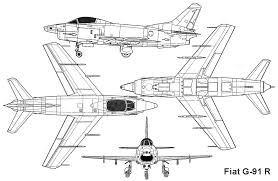
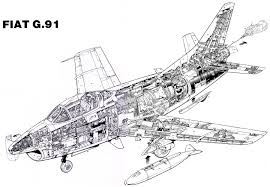
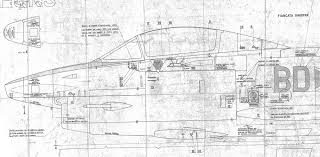









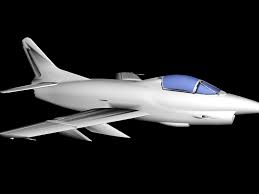


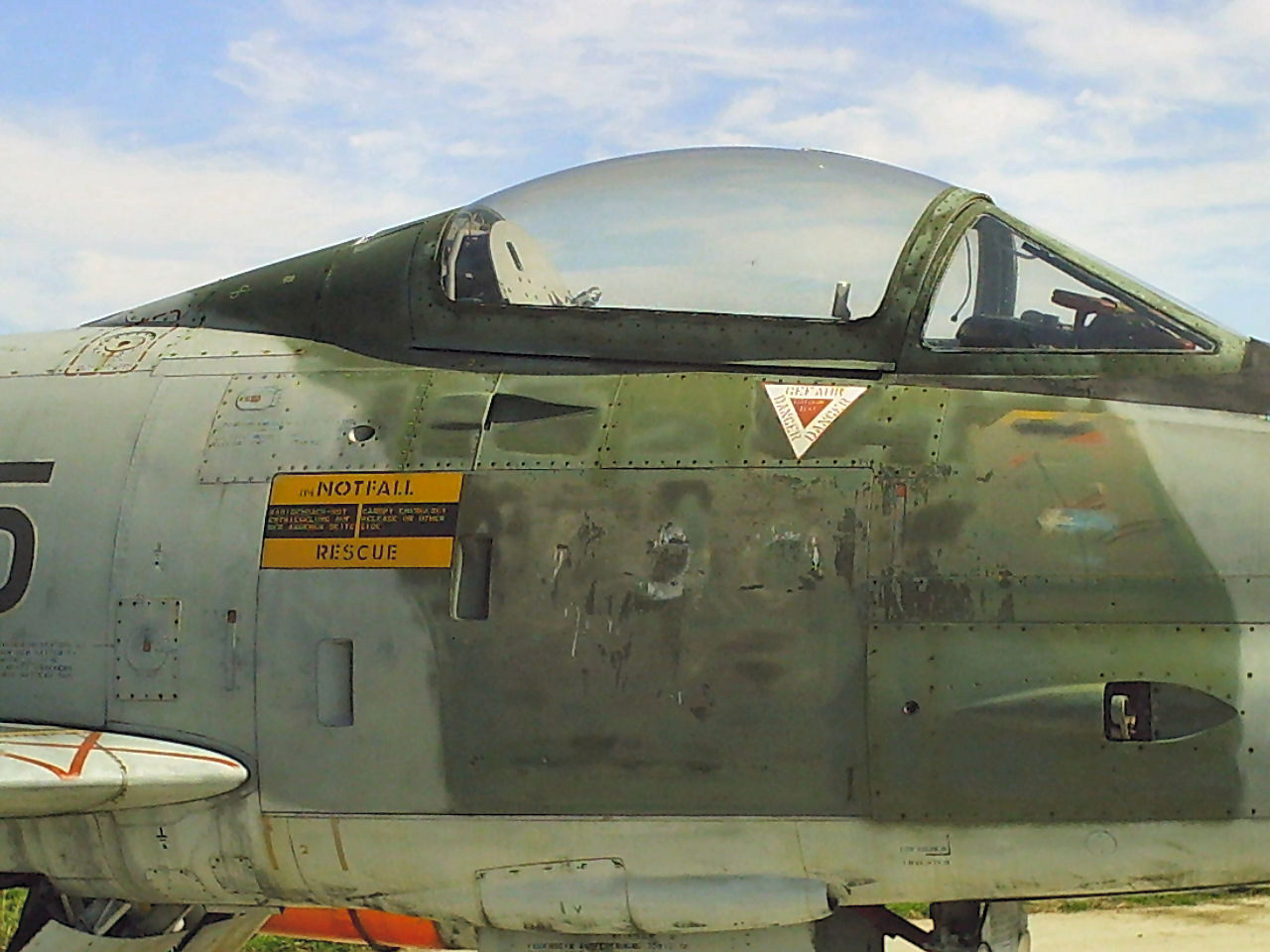
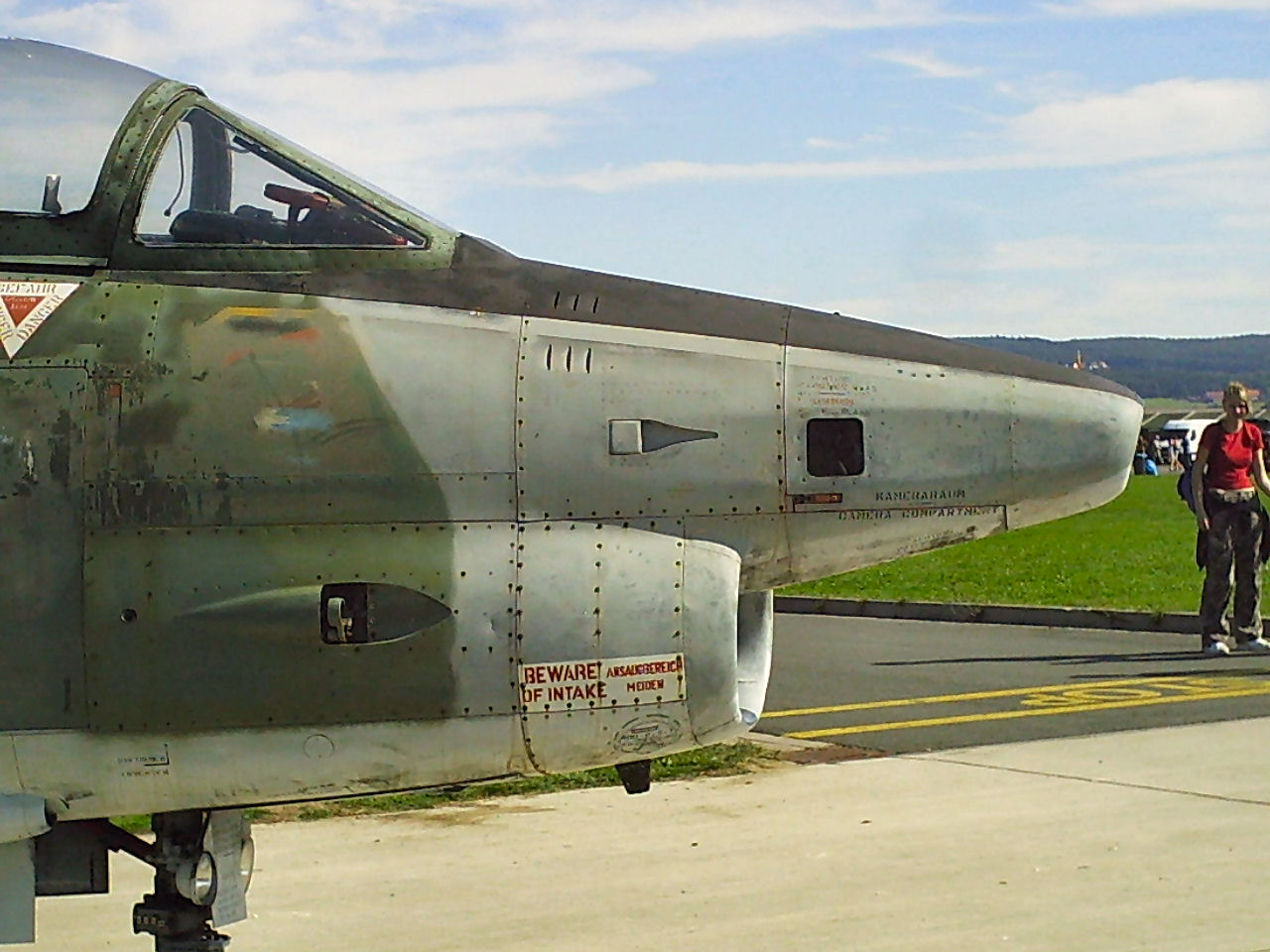


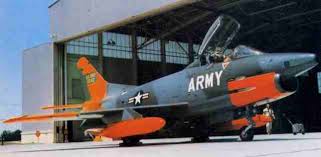

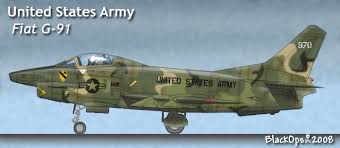




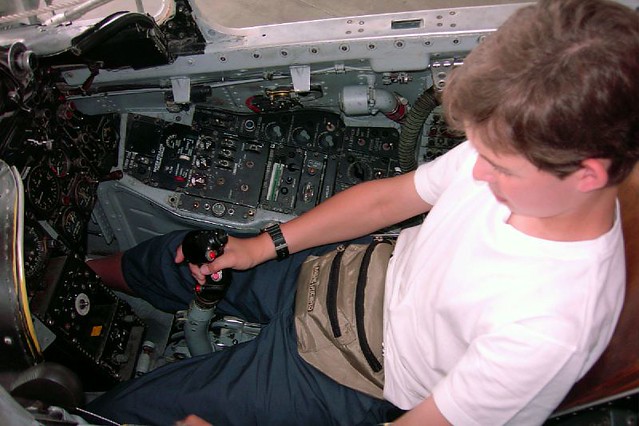


Fiat G.91 & F-86 Sabre:
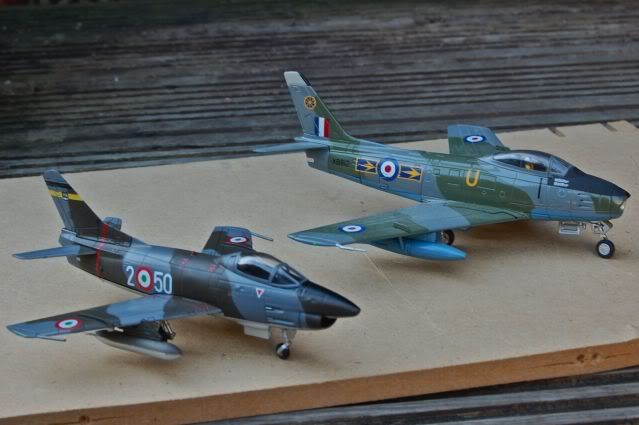
Fiat G.91T:
The one major difference is that the R series aircraft were single-seaters, while the T series aircraft had two seats. To accommodate the extra seat, the T series aircraft had a slightly longer fuselage:
Type G-91R G-91T
Powerplant Bristol Siddeley Orpheus 803 turbojet Bristol Siddeley Orpheus 803 turbojet
Power / thrust 22.2 kN 22.2 kN
Length 10.29 m 11.67 m
Height 3.96 m 4.45 m
Span 8.53 m 8.53 m
Empty weight 3,100 kg 3,865 kg
Max take-off 5250 kg 5250 kg
Top speed 1,075 km / h 1,075 km / h
Travel speed 670 km / h 670 km / h
Service ceiling 13,100 m 13,100 m
Reach 630 km low-level flight 630 km low-level flight
Ferry range 1,800 km 1,800 km
Weapons1 2X30mm DEFA or 4X12,7mm 2X30mm DEFA
Weapons2 1,000kg bombs or unguided rokets 1,000kg bombs or unguided rockets
Sensors 3x70 mm cameras in the nose 3x70 mm cameras in the nose
Crew 1 2
First Flight 09/08/1956 31/05/1960
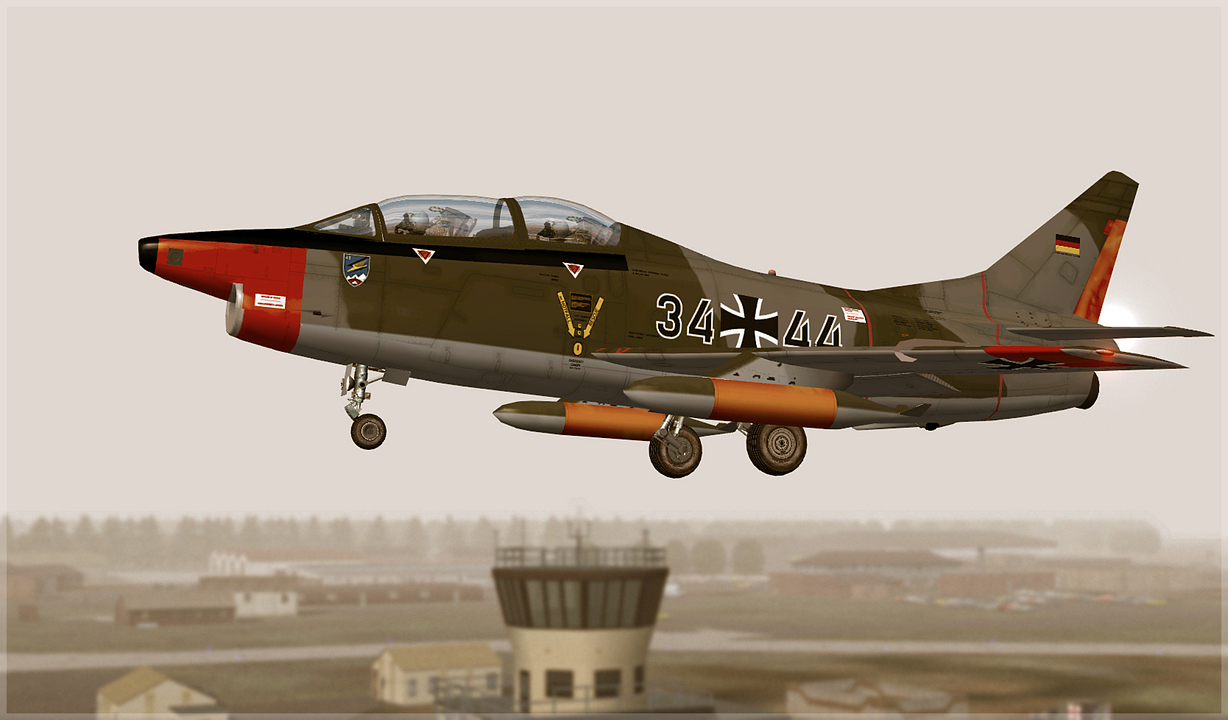




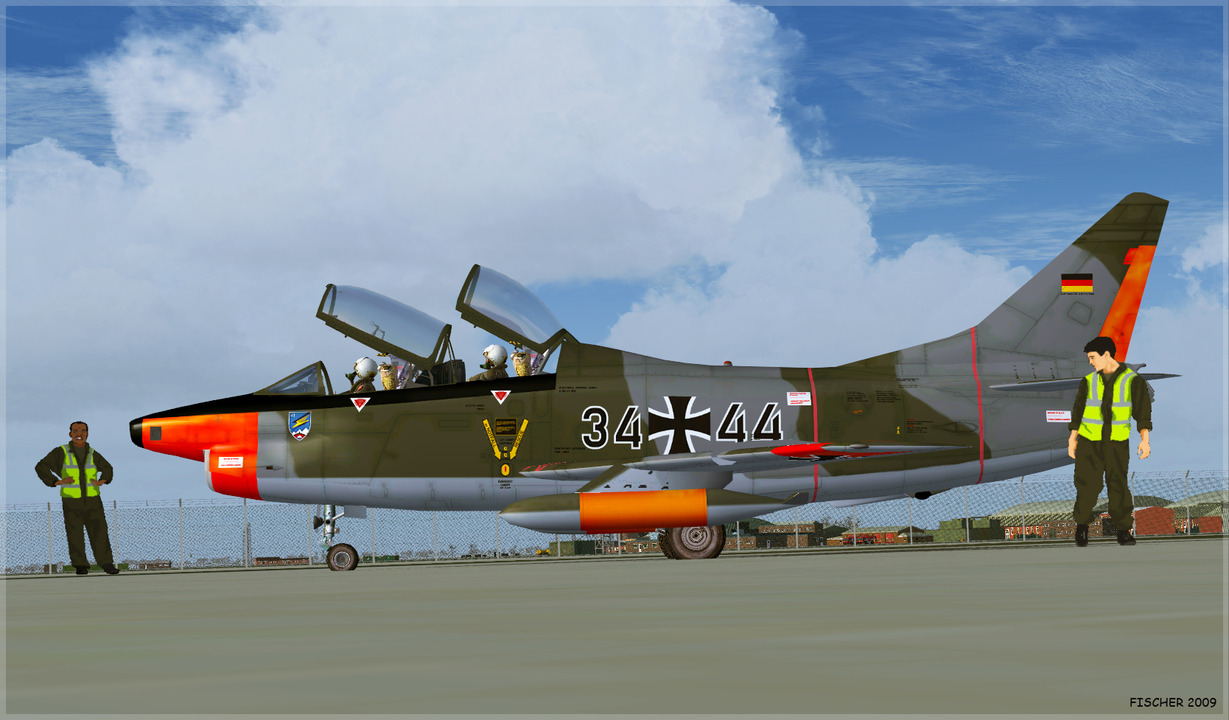

Fiat G.91Y:
An additional 67 aircraft built by Aeritalia were significantly uprated from earlier versions. These single-seat aircraft, designated G.91Y and nicknamed "Yankee", replaced the original Bristol Siddeley Orpheus engine with two General Electric J85 units. The G.91Y first flew on 12 December 1966 and displayed an improvement in speed, range, payload, and manoeuvrability. The maximum speed was increased to 1,110 km/h (690 mph, 600 kn, Mach 0.91). The machine guns were replaced by a pair of DEFA 552 30 mm cannon with 125 rounds per gun. All the aircraft built served with the Italian Air Force.
The G.91Y was an increased performance version of the Fiat G.91 funded by the Italian government. Based on the G.91T two-seat trainer variant the single Bristol Orpheus turbojet engine of this aircraft was replaced with two afterburning General Electric J85 turbojets which increased thrust by 60% over the single-engined variant. Structural modifications to reduce airframe weight increased performance further and an additional fuel tank occupying the space of the G.91T's rear seat provided extra range. Combat manoeuvrability was improved with the addition of automatic leading edge slats.
The avionics equipment of the G.91Y was considerably upgraded with many of the American, British and Canadian systems being licence-manufactured in Italy.
Flight testing of three pre-production aircraft was successful with one aircraft reaching a maximum speed of Mach 0.98. Airframe buffeting was noted and was rectified in production aircraft by raising the position of the tailplane slightly.
General characteristics:
Crew: 1
Length: 11.67 m (38 ft 3.5 in)
Wingspan: 9.01 m (29 ft 6.5 in)
Height: 4.43 m (14 ft 6.3 in)
Wing area: 18.13 m² (195.149 ft²)
Empty weight: 3,900 kg (8,598 lb)
Loaded weight: 7,800 kg (17,196 lb)
Max. takeoff weight: 8,700 kg (19,180 lb)
Powerplant: 2 × General Electric J85-GE-13A turbojets, 18.15 kN (4,080 lbf) each
Performance
Maximum speed: 1,110 km/h (600 kn, 690 mph. (Mach 0.95 at 10,000 m (33,000 ft)
Range: 3,400 km (ferry range with droptanks) (2,110 mls)
Service ceiling: 12,500 m (41,000 ft)
Rate of climb: 86.36 m/s (17,000 ft/min)
Wing loading: 480 kg/m² (98.3 lb/ft² (maximum)
Thrust/weight: 0.47 at maximum loading
Armament
Guns:
2 × 30 mm (1.18 in) DEFA cannons
Hardpoints : 4 × under-wing pylon stations holding up to maximum of 1,814 kg (4,000 lb) of payload.


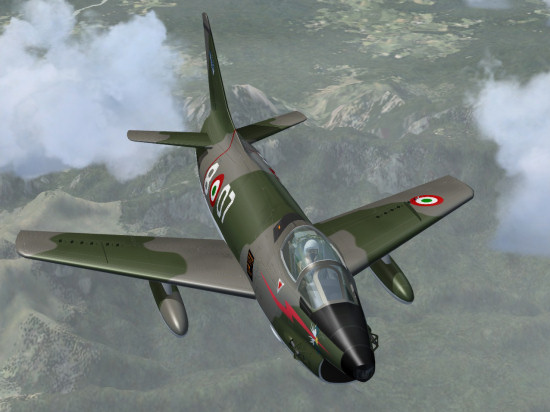
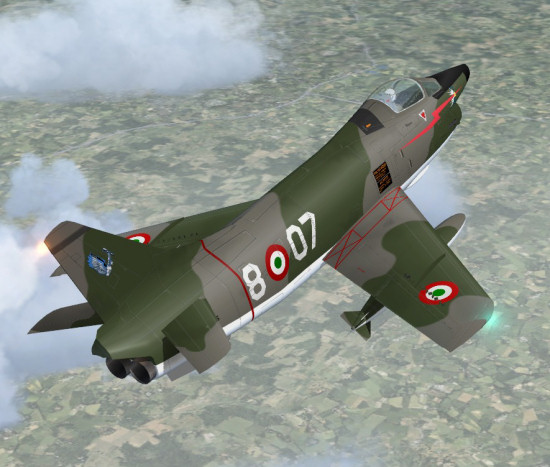
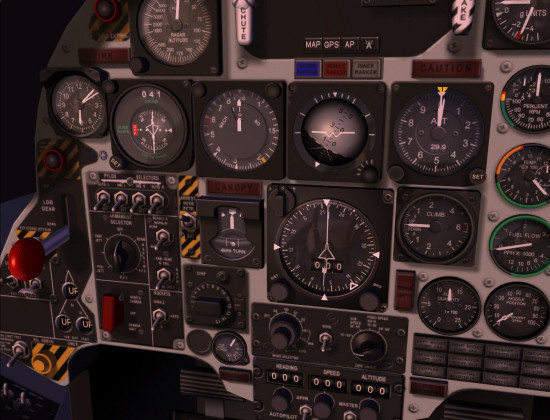
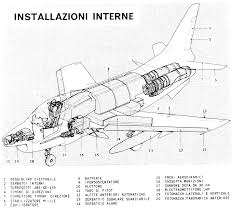




 Author
Topic: Fiat G.91 (Read 15109 times)
Author
Topic: Fiat G.91 (Read 15109 times)


